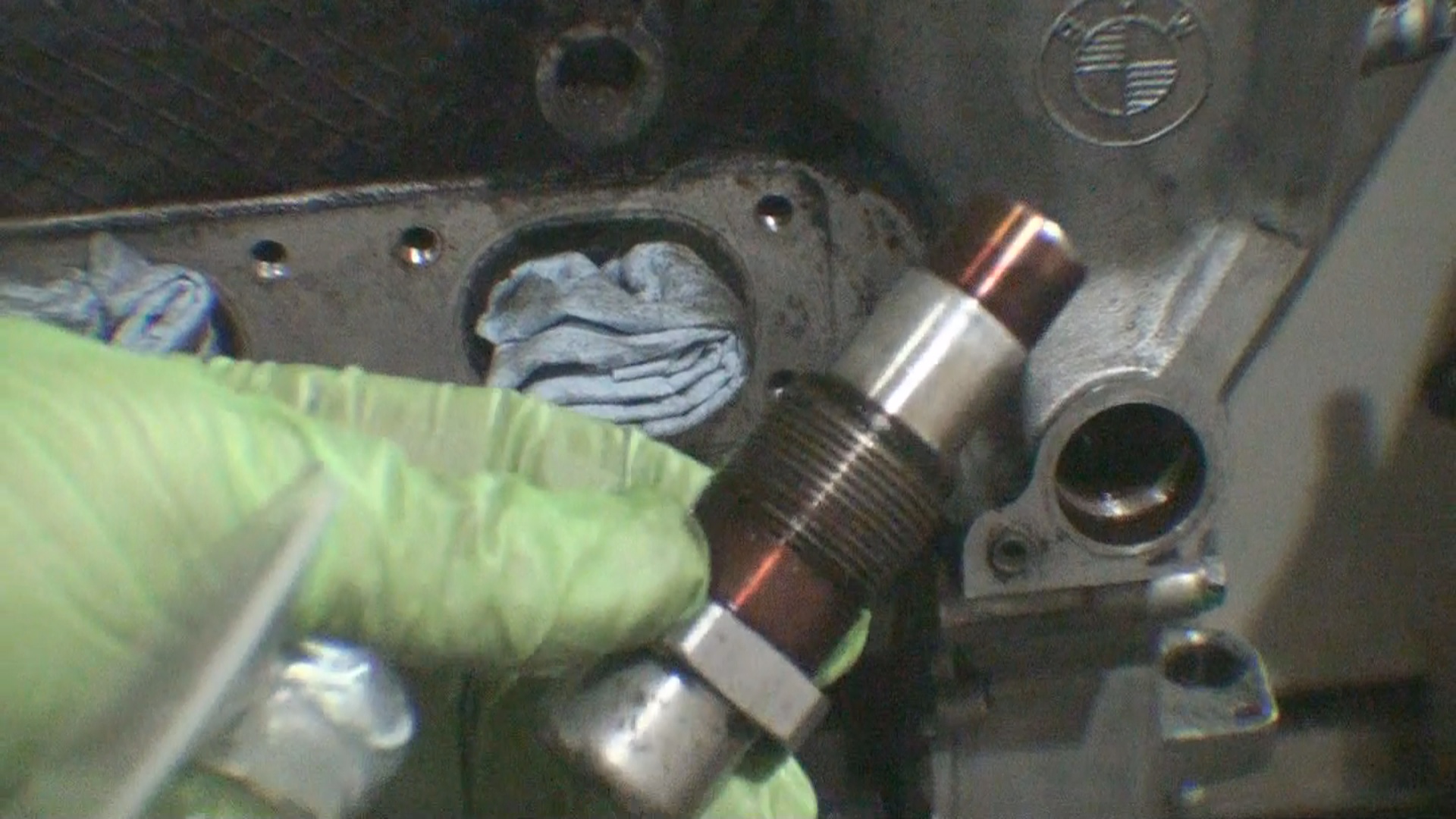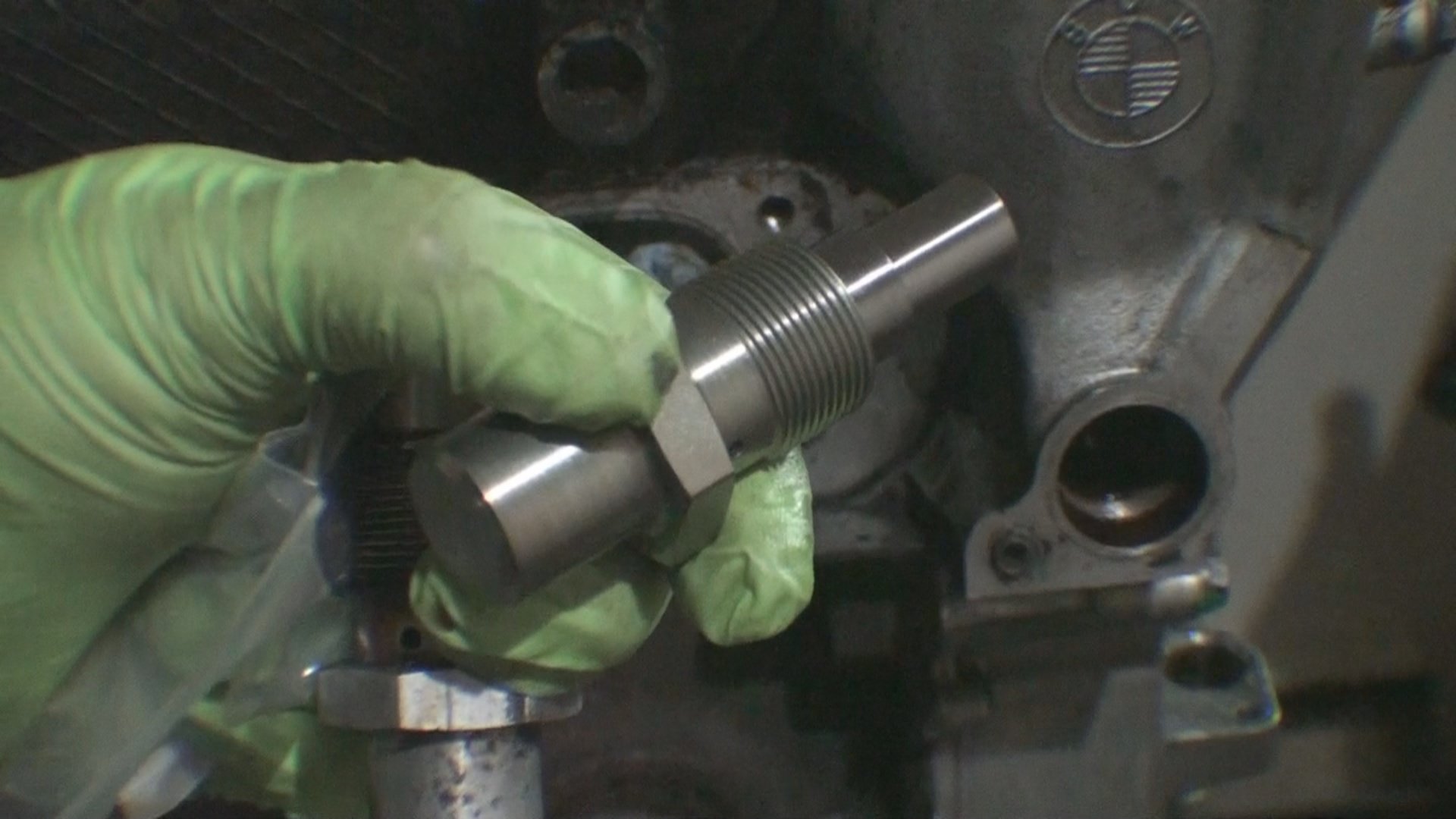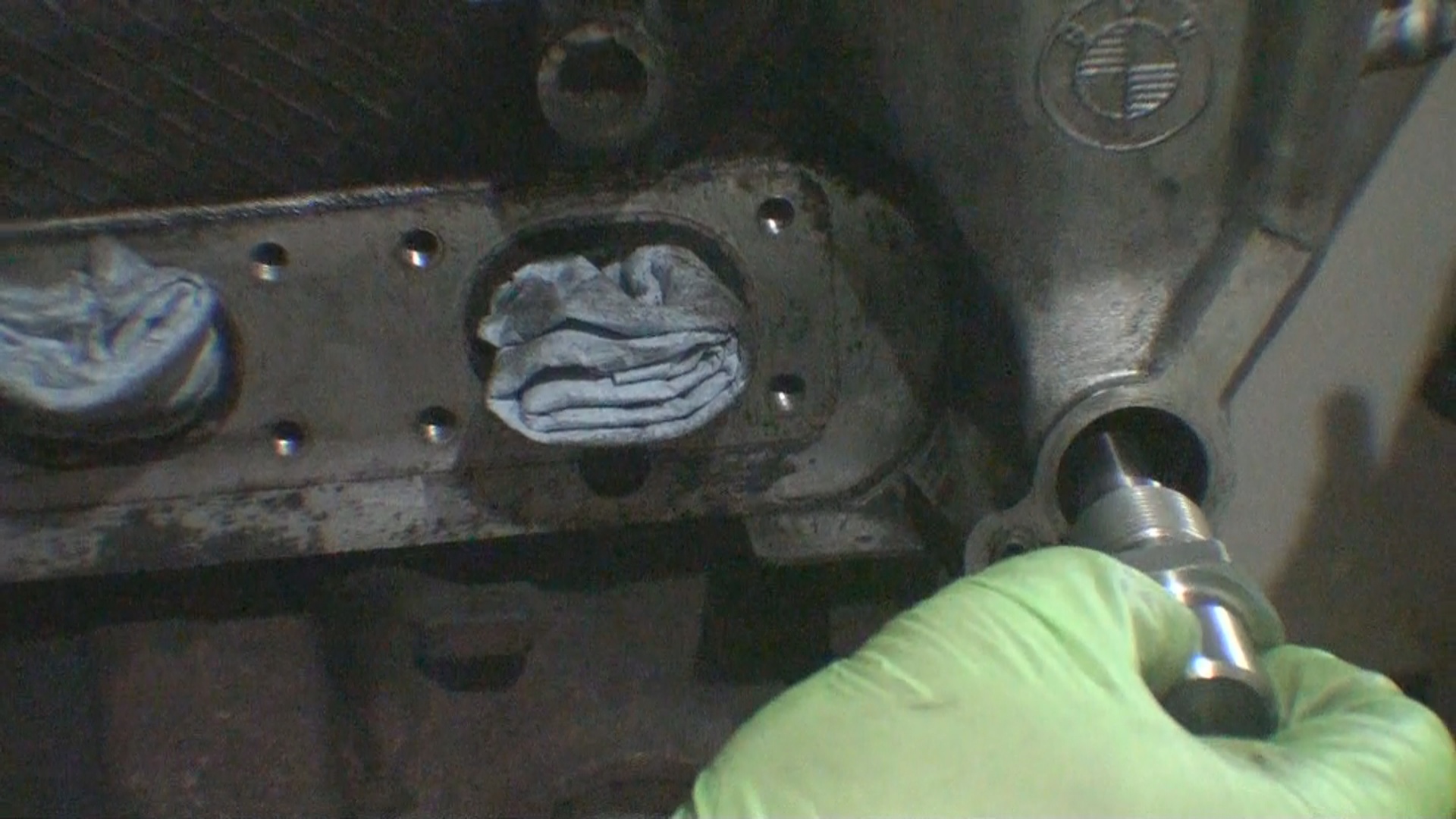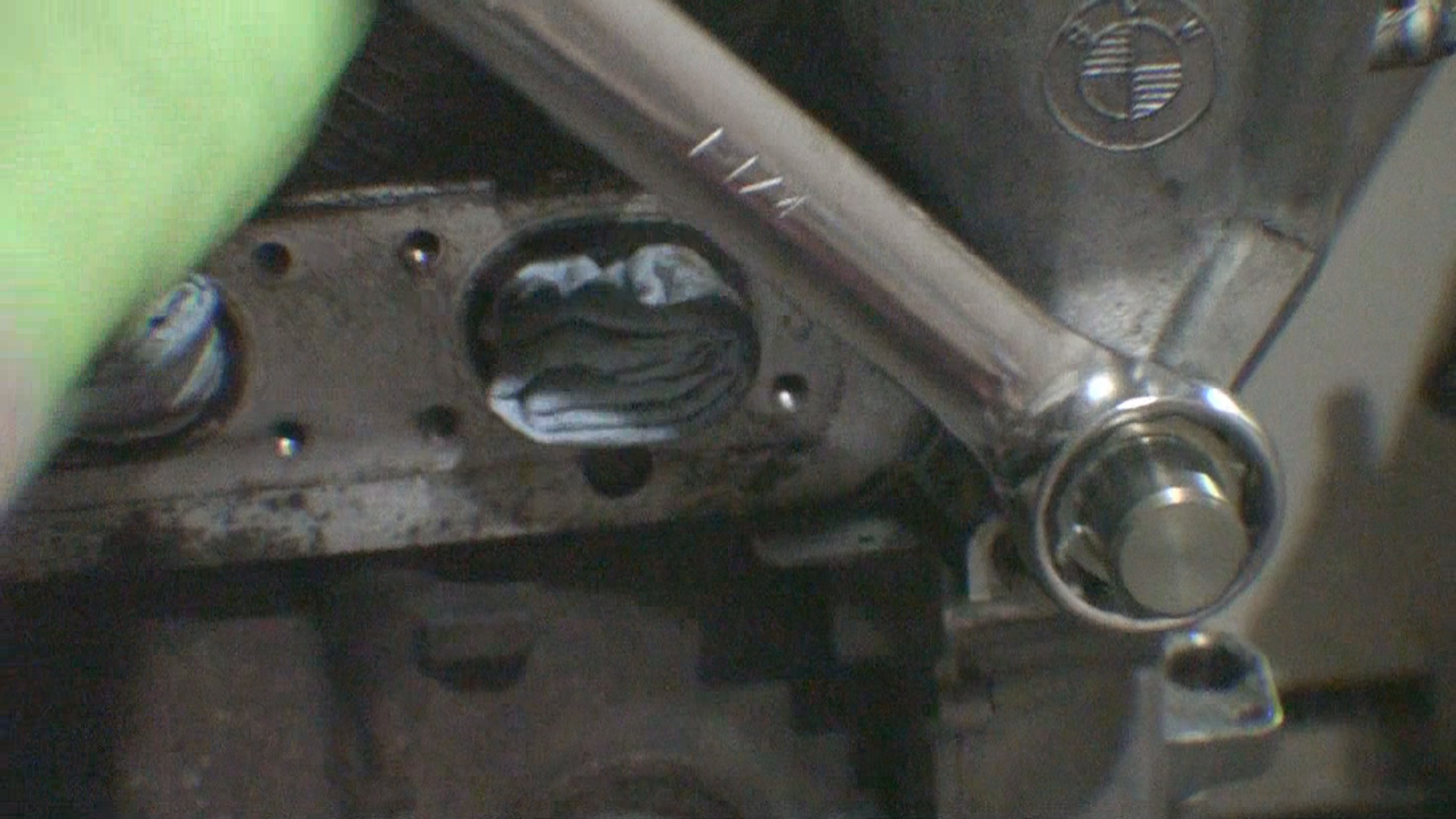If you hear what sounds like marbles in a tin can coming from the engine bay of your BMW E36, it could mean that your mechanical timing chain tensioner is failing. Instead of replacing the tensioner with a stock unit, upgrade to the hydraulic one used in the S50, S52, and S54 of the E36 and E46 M3.
As far as DIY jobs go, this is one of the easiest installations you'll ever do. It doesn't matter if the engine is out of the vehicle or still installed, either way, it's a simple process. Since I already have the M52 out of my E36 328i, I decided to address the timing system and get rid of the twenty-year-old worn out parts. If you're following along, this job applies to M50, M50TU, M52, M52TU, M54/M56 engines.
Now why would you want to switch from the standard mechanical style tensioner to the hydraulic version? The simple reason is that the hydraulic tensioner is able to keep the tension on the tensioner rail more consistently than the mechanical one. It does its job so much better than the mechanical unit that the S50, S52, and S54 of the M3s all use a hydraulic tensioner rather than a spring-tensioned mechanical one.
Mechanical tensioners wear over time since a spring is what's responsible for maintaining the tension on the main timing chain. Springs fatigue in the course of their life, and as they do, their restoring force degrades. In this case, the time chain tensioner guide rail loses tension on the chain allowing it to rattle.
Hydraulic tensioners on the other hand use hydraulic pressure to maintain tension. Since the hydraulic element inside this style tensioner works in a wider range than a traditional mechanical tensioner, it's less likely to lose tension on the guide rail. One of the most common complaints of the mechanical tensioners is that it rattles on startup or at idle. The hydraulic tensioners are less likely to have this issue even with extreme engine wear. In addition, the hydraulic style tensioner is much better at maintaining tension under high loads.
The reason why you can make this change on these engines is they are so much alike. The M50, M50TU, and S50 engines use one style tensioner while the M52, M52TU, M54/M56, S52, and S54 use another style. The style is dependent on differences of how the tensioner interfaces with the tensioner rail. However, the tensioners mount up and operate the same on the engines as listed above. This means you can ditch the mechanical tensioner and install the hydraulic tensioner without modification.
Tools needed to install the timing chain tensioner:
Parts needed to install the timing chain tensioner:- S52/S54 Timing Chain Tensioner (for M52, M52TU, M54, and M56 engines)
- S50 Timing Chain Tensioner (for M50TU engines)
- Timing Chain Tensioner Gasket
Step 1: Remove Tensioner
Take a 32mm socket or wrench and remove the tensioner. Once you break torque on the timing chain tensioner cap (located on cylinder head), you can thread it out by hand.

Step 2: Add Crush Washer/Gasket
Prep the new tensioner by sliding a new crush washer onto it.

Step 3: Install New Tensioner
Thread the tensioner in by hand until it begins to thread into the cylinder head. Then use your 32mm wrench or socket to thread it in the rest of the way.

Step 4: Torque Tensioner
Torque the tensioner to spec - 70Nm

You're done, that's it! As you can see, this is a straight forward installation. While this won't make your car go faster or make it look cooler, this is one of those upgrades you'll feel good about at the end of the day. For a performance application such as a race engine or engine making significant power over stock, this is a must do. If you are replacing your mechanical tensioner, there is no reason not to replace it with this hydraulic unit.
To get more of these DIYs make sure to check back often as well as subscribe to our YouTube. For updates on this project, you can start by following along here.











